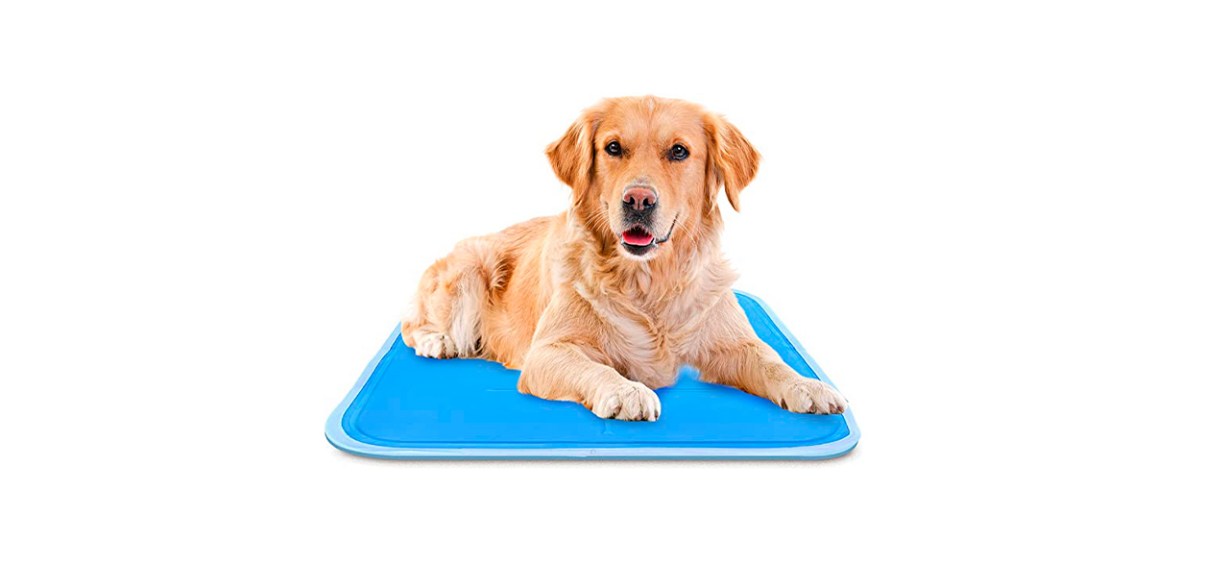Stylish Pet Collars That Combine Comfort and Safety
:max_bytes(150000):strip_icc():focal(2999x0:3001x2)/peo-best-dog-collars-tout-34f89cafa0f74bc0a6b8a4f482596687.jpg)
Table of Contents
Among the many accessories that define the lifestyle of a cherished companion animal, few carry as much significance as collars. Beyond their decorative charm, they serve as instruments of identity, guardians of safety, and statements of taste. In modern design, Pet collars are no longer simple loops of leather or nylon but sophisticated pieces blending function with elegance. Those seeking deeper insight into animal well-being may consult Essential Care for Domestic Animals, a resource that contextualizes how accessories shape everyday pet life.
The Evolution of Pet Collars
From antiquity to modern times, collars have represented more than mere utility. Ancient Egyptians adorned their dogs with ornate designs, symbols of status and reverence. In medieval Europe, collars protected hunting dogs with iron studs against wolves and boars. Today, their purpose is far broader, reflecting safety regulations, fashion sensibilities, and technological innovation.
This progression reveals a timeless truth: accessories evolve alongside the societies that value them. What was once protection now also encompasses style, identity, and even digital connectivity.
Pet Collars in the Age of Style and Function
The market today thrives with an abundance of choice. Sleek minimalism, eco-friendly fabrics, embedded GPS trackers, reflective linings—each reflects the fusion of artistry and engineering. These accessories are no longer purchased merely for necessity but as extensions of identity, both of the pet and the owner.
For some, collars function as fashion statements, harmonizing with seasonal trends. For others, they embody innovation, featuring smart technology capable of monitoring activity, health, and even location.
Materials That Redefine Comfort
When choosing a collar, material becomes paramount. The texture, weight, and breathability directly influence comfort. Among the most sought-after options are:
-
Leather: Classic, durable, and elegant, softening with age into a supple accessory.
-
Nylon: Lightweight, versatile, and often available in vibrant patterns.
-
Biothane: Water-resistant, hygienic, and resilient against wear.
-
Eco-fabrics: Hemp and bamboo textiles, sustainable choices for environmentally conscious owners.
The tactile experience of a collar can mean the difference between contentment and irritation. A comfortable choice allows an animal to move with ease while preventing skin chafing or fur damage.
Safety at the Core of Design
Beyond aesthetics lies the essential consideration of safety. Breakaway mechanisms, designed to release under pressure, prevent strangulation during play or exploration. Reflective strips and glow-in-the-dark features enhance visibility during evening walks, reducing the risk of accidents.
In households with multiple pets, quick-release clasps ensure that no companion becomes entangled. This emphasis on thoughtful engineering protects animals while maintaining peace of mind for owners.
Pet Collars as Symbols of Identity
A collar often carries more than its material—it holds a name tag, medical details, or microchip attachment. These details may prove lifesaving if a companion becomes lost. Yet identity extends beyond practicality. Patterns, colors, and embellishments express individuality.
A studded collar might reflect a bold spirit, while a floral print evokes charm and gentleness. In this sense, the accessory becomes an emblem of personality, uniting functionality with expressive artistry.
Choosing the Right Collar
Selecting the ideal accessory requires balancing comfort, safety, and style. Several considerations guide the process:
-
Size and Fit: Measure the neck accurately. Allow two fingers to slide between collar and skin.
-
Activity Level: Active pets may need durable, water-resistant designs. Indoor companions may favor lighter options.
-
Age and Breed: Puppies and smaller breeds often require adjustable, softer collars; larger breeds benefit from sturdier builds.
-
Health Factors: Animals with sensitive skin or allergies demand hypoallergenic fabrics.
-
Climate: Hot environments necessitate breathable materials, while cooler climates can accommodate heavier designs.
Thoughtful selection ensures that the collar supports rather than hinders an animal’s lifestyle.
Technological Innovations in Pet Collars
Modern advances have transformed simple accessories into smart devices. GPS-enabled collars track real-time location, offering reassurance during off-leash adventures. Some designs monitor vital signs, steps, and sleep cycles, assisting owners in understanding health patterns.
Bluetooth connectivity, waterproof casings, and rechargeable batteries make these collars indispensable for technologically inclined households. They transform routine walks into data-driven insights about well-being.
Cultural and Emotional Value of Pet Collars
Across cultures, collars symbolize belonging. In many households, the moment of placing a collar on a new companion signifies welcome into the family. In some traditions, handcrafted collars passed through generations carry emotional weight akin to heirlooms.
They can evoke memories of loyalty, companionship, and shared journeys. The sentimental worth often transcends material cost, embodying the invisible bond between human and animal.
Fashion Trends in Modern Accessories
Designers increasingly explore collars as canvases for creativity. Seasonal collections echo human fashion trends, from pastel palettes in spring to metallic accents during festive periods. Personalized embroidery, gemstone embellishments, and artisanal craftsmanship elevate them into bespoke creations.
Social media has amplified this movement, with pets donning coordinated outfits and accessories that rival human wardrobes. This intersection of fashion and functionality continues to redefine what it means to dress a companion.
Caring for Collars: Maintenance and Longevity
Even the finest designs require maintenance. Regular inspection ensures clasps remain secure, fabrics untorn, and linings free from dirt. Leather benefits from conditioning to prevent cracking, while nylon demands occasional washing to remove buildup.
Neglected accessories may compromise safety or cause discomfort. Diligence in care extends longevity and preserves beauty, allowing collars to remain both functional and stylish. For comprehensive guidance, refer to Practical Accessories for Companion Care, a detailed overview of maintenance practices.
Pet Collars and Ethical Choices
Sustainability has become a significant factor in modern ownership. Choosing responsibly sourced materials reduces ecological impact. Collars crafted from recycled fabrics or plant-based textiles represent conscious consumption.
Supporting artisanal makers and local businesses fosters communities while ensuring unique, handcrafted designs. Ethical purchasing choices resonate beyond aesthetics, shaping a more compassionate future for both pets and the planet.
The Future of Pet Collars
As technology, design, and ethics converge, the future promises even greater innovation. Collars may incorporate biometric sensors, eco-engineered fabrics, and modular features that adapt to different activities.
They will continue to blend comfort, safety, and expression, reminding us that accessories for animals are not trivial embellishments, but integral components of their care and identity.
A Bond Strengthened Through Design
Collars encapsulate the union of necessity and artistry. They protect, identify, and beautify, reflecting both the individuality of the animal and the devotion of the owner. From humble beginnings to cutting-edge innovations, these accessories symbolize care that extends beyond function into love and belonging.
In safeguarding companions while elevating their style, collars illustrate a truth timeless in its simplicity: care and beauty need never be separate. For further reading, see Innovations in Modern Pet Care, which examines the evolution of accessories in enhancing animal welfare.



